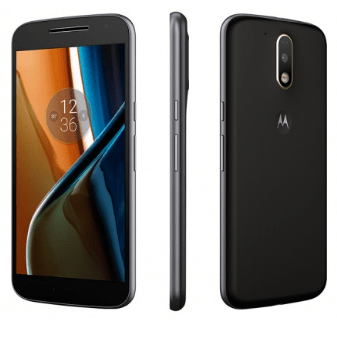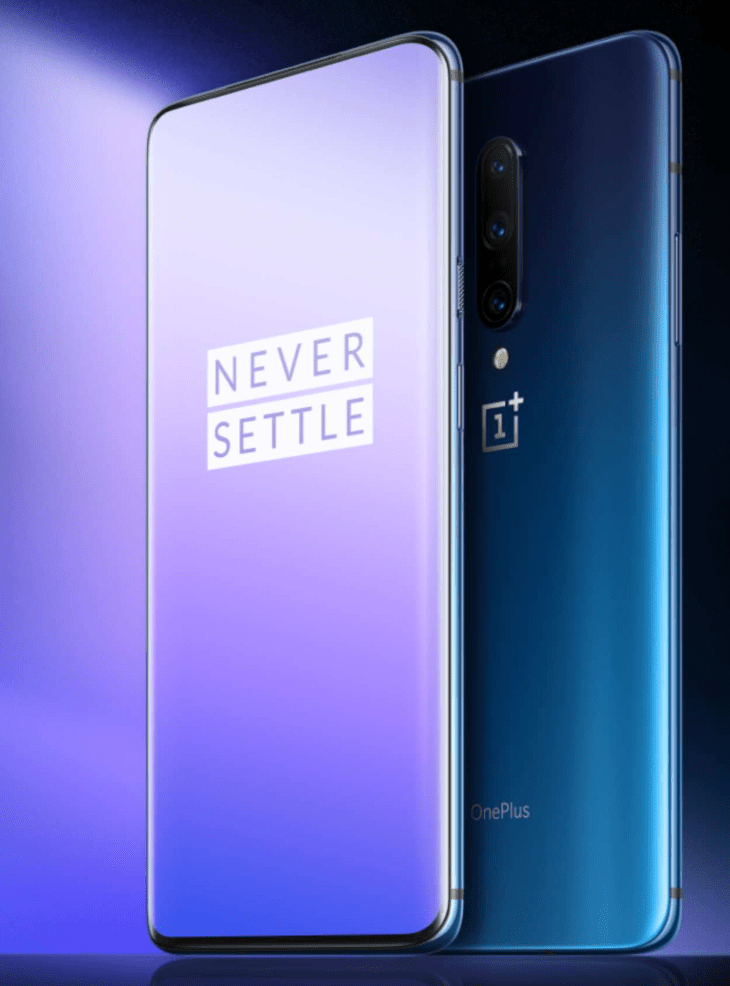Google Tensor is an Artificial Intelligence and Machine Learning-focused System on a Chip (SoC) developed by Google. It combines both software and hardware features that enable smartphones to perform operations on a smartphone that would otherwise not be possible or consume a lot of battery power if they were run on traditional smartphone SoCs. some of these operations are on-device transcription and translation that does not require an internet connection, HDRnet on videos up to 60 fps at 4K, object detection, and more.
Pixel 6 and Pixel 6 Pro are the first devices that have Google Tensor powering them.
Google Tensor Configuration
Google tensor just like any other smartphone uses arm CPU cores but manufacturers choose varying configurations depending on what they would like to achieve. Google Tensor for example uses two powerful X1 cores then drops the medium cores to tried and tested power efficient 2 Arm cores A76 cores unlike the competition and 4 A55 cores which every other manufacturer uses. This enables Google Tensor to deliver the performance when needed and conserve power when operations on the smartphone isn’t running intensive tasks.
As for the GPU, Google Tensor runs a unique 20 core configuration that so far delivers high frame rate mobile gaming with few to no frame drops depending on the game users are playing. The competition uses 14 core GPUs.
TPU – Tensor Processing Unit
This is the unit that enables machine learning on the device.
GPU – Graphical Processing Unit
20-core GPU
Arm Mali-G78 MP20
CPU – Central Processing Unit
- 2 Arm Cortex-X1 (2.8GHz)
- 2 Arm Cortext-A76 (2.25 GHz)
- 4 Arm Cortex-A55 (1.80 GHz)
ISP – Image Signal Processor
Hybrid: Google ISP + Exynos
Context Hub
This enables the device to perform context-aware features like identifying music playing in the background, what is being displayed on the screen for it to be aware of what is coming up next, understanding the relationship with
Security
Titan M2 Chip with multiple layers of security testes with various threats that can present themselves. Electromagnetic analysis, voltage glitching and even laser fault injection are some of the security tests done.
System Cache
8MB system cache with 4 MB CPU L3 cache.
Google Tensor vs Apple A15 Bionic vs Snapdragon 888
Google clearly said they never designed this System on Chip to win any benchmark but it has not stopped early adopters from testing and submitting results to Geekbench. Google Tensor has a Geekbench single-core performance score of 1046 and a multicore score of 2841. For comparison’s sake, Apple’s iPhone 13 Pro with Max with A15 Bionic has a single-core performance score of 1738 and a multicore score of 4895. The Samsung Galaxy S21 Ultra 5G with Qualcomm Snapdragon 888 has a single-core performance score of 1094 and a multicore score of 3119.
From these results, It looks like Google Tensor stands no chance but all these chips are as fast as many people would like them to be. An increase in numbers doesn’t necessarily mean an increase in noticeable performance. We are long past the point of diminishing returns. Real-world tests done by PhoneBuff show the Pixel 6 Pro trades blows with iPhone 13 Pro Max though the iPhone eventually wins but with a really small margin that the benchmarks could never capture.
The competitions
Security updates from Google will now last 5 years unlike before though major software updates will only last 3 years. I am hopeful this will improve in the future.
Google left Qualcomm for its own in-house chip and that never left Qualcomm a little salty on Twitter.


